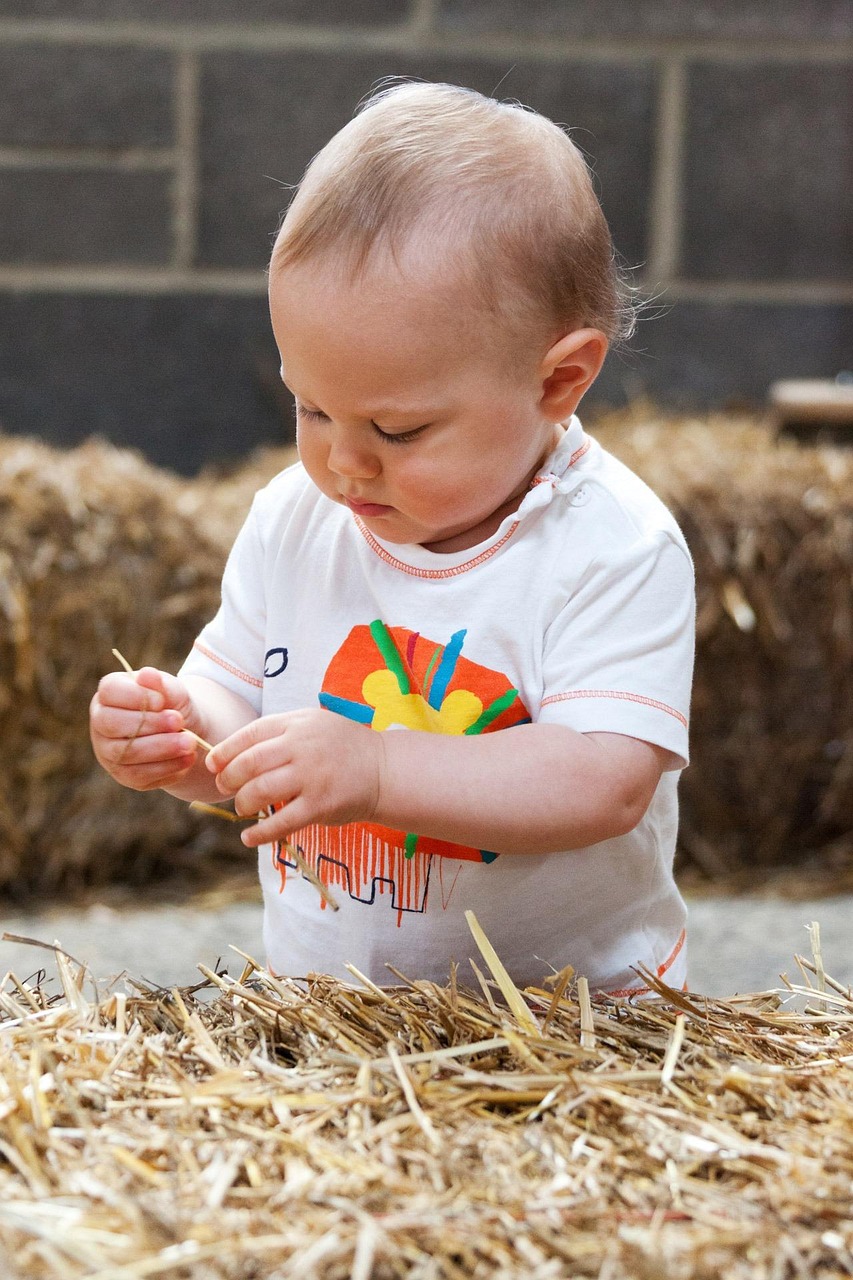A fruit and vegetable juice fast is one of the best ways to reset your body, flood it with essential nutrients, and support detoxification. Whether you’re looking to improve digestion, boost energy, or kickstart a healthier lifestyle, a juice fast can be a powerful tool. However, to get the most out of your cleanse, it’s essential to prepare properly, choose the right ingredients, and follow best practices. Here’s your complete guide to successfully completing a fruit and vegetable juice fast.
What Is a Fruit & Vegetable Juice Fast?
A juice fast involves consuming only fresh, raw fruit and vegetable juices for a set period, typically ranging from one to ten days. This allows your digestive system to rest while providing your body with an abundance of vitamins, minerals, and antioxidants.
During the fast, solid foods, caffeine, processed drinks, and alcohol are avoided, making space for pure, natural nourishment.
How to Prepare for a Juice Fast
1. Start with a Pre-Cleanse
A few days before your fast, gradually eliminate processed foods, refined sugar, caffeine, dairy, and alcohol to make the transition easier. Instead, focus on:
✔ Fresh fruits and vegetables
✔ Whole grains
✔ Lean proteins (if necessary)
✔ Plenty of water and herbal teas
2. Gather Your Ingredients
Select organic, fresh, and seasonal produce to ensure you’re getting the best quality nutrients. Some of the best juice ingredients include:
Best Fruits for Juicing:
- Apples (adds natural sweetness)
- Berries (high in antioxidants)
- Citrus fruits (oranges, lemons, grapefruits for immune support)
- Pineapple (aids digestion)
- Watermelon (hydrates and detoxifies)
Best Vegetables for Juicing:
- Carrots (rich in beta-carotene)
- Cucumber (hydrating and cleansing)
- Spinach & Kale (packed with iron and chlorophyll)
- Celery (reduces inflammation)
- Beets (great for liver detox)
Tip: Balance fruits and vegetables to avoid excessive sugar intake. Aim for 80% vegetables and 20% fruits for the best results.
How to Juice Properly
3. Choose a High-Quality Juicer
Using a cold-press (masticating) juicer is ideal because it preserves nutrients better than centrifugal juicers. However, if you only have a blender, you can still make juice by straining the pulp through a nut milk bag or cheesecloth.
4. Drink Enough Juice Each Day
Most people need at least 4–6 juices per day, each ranging from 16–20 oz (500ml) to keep energy levels steady.
5. Stay Hydrated
In addition to juice, drink plenty of water, herbal teas, and coconut water to support detoxification and prevent dehydration.
Daily Routine for a Juice Fast
Morning:
- Start with warm lemon water to alkalize your body.
- Drink a green juice with cucumber, celery, spinach, apple, and lemon for hydration and nutrients.
Mid-Morning:
- A citrus-based juice like orange, grapefruit, and ginger for a vitamin C boost.
Afternoon:
- Have a carrot-apple-ginger juice for sustained energy.
Evening:
- A beet juice blend with beet, celery, lemon, and mint to help detox the liver before bed.
What to Expect on a Juice Fast
6. Detox Symptoms May Occur
As your body eliminates toxins, you may experience mild headaches, fatigue, bloating, or mood swings—especially in the first 1-3 days. This is normal and temporary.
7. Listen to Your Body
If you feel too weak or lightheaded, drink more juice or add a small handful of raw nuts or avocado for extra sustenance.
8. Keep Yourself Busy
Distract yourself from cravings by engaging in light activities such as:
✔ Walking in nature
✔ Meditation and prayer
✔ Journaling about your experience
How to Break a Juice Fast
9. Ease Back Into Solid Foods
The way you end your juice fast is just as important as the fast itself. Gradually reintroduce solid foods over 1–3 days:
✔ Day 1: Start with raw fruits, smoothies, and vegetable broths.
✔ Day 2: Add lightly cooked vegetables, salads, and nuts.
✔ Day 3: Reintroduce grains and proteins like quinoa, fish, or beans.
Avoid processed, fried, or heavy foods immediately after fasting, as they can overwhelm your digestion.
FAQs About Juice Fasting
Can I Exercise During a Juice Fast?
Stick to light activities like yoga, stretching, or walking. Avoid intense workouts that require high energy levels.
How Long Should I Juice Fast?
Beginners may start with a 1- to 3-day fast, while experienced individuals may go for 5-10 days. Always listen to your body.
Can I Have Coffee or Tea?
Caffeine can interfere with detoxification. Instead, drink herbal teas like peppermint, chamomile, or dandelion tea.
Will I Lose Weight on a Juice Fast?
Yes, most people experience weight loss due to reduced calorie intake and elimination of processed foods. However, long-term weight loss requires maintaining a healthy lifestyle post-fast.
Final Tips for a Successful Juice Fast
- Plan Ahead – Have all your ingredients ready before starting.
- Rest When Needed – Fasting is a time for restoration, so allow your body to heal.
- Stay Positive – Focus on the benefits rather than cravings.
Conclusion
A fruit and vegetable juice fast is a powerful way to cleanse your body, improve digestion, and rejuvenate your health. By following these tips, choosing nutrient-dense juices, and staying hydrated, you can have a safe and transformative fasting experience.
Call to Action:
Have you tried a juice fast before? Share your experience in the comments! Don’t forget to subscribe for more juicing tips, recipes, and fasting guides.




Leave a Reply